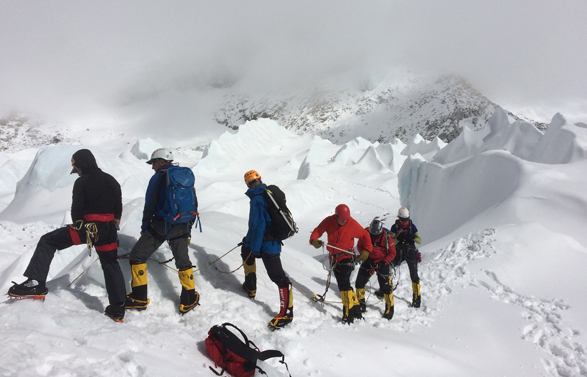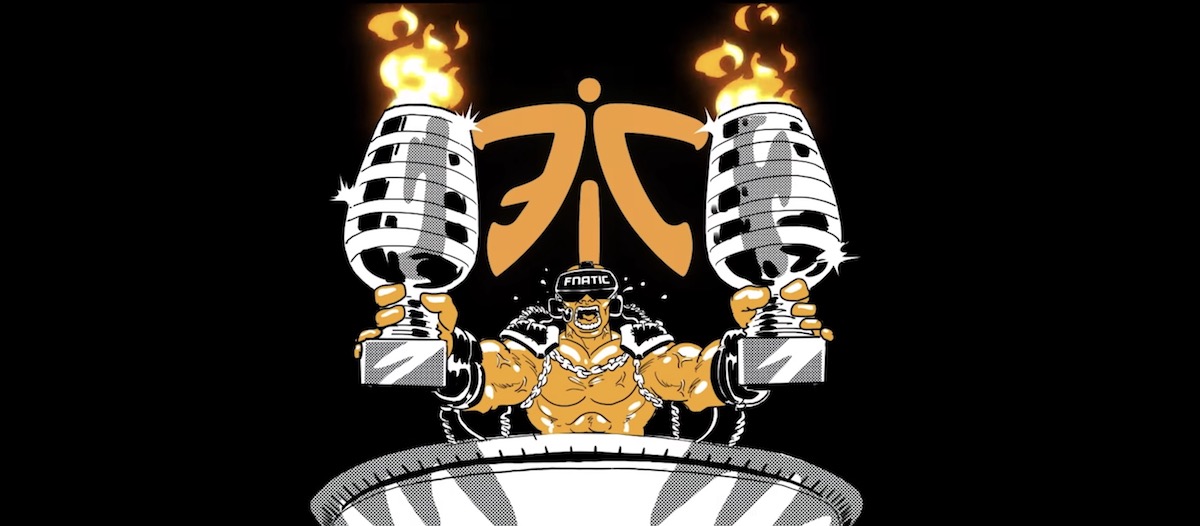The footage I was getting was stunning — then, the avalanche
Documentary filmmaker Michael Churton was at a base camp on Mount Everest when a 7.8-magnitude earthquake triggered a massive avalanche that would kill 19 climbers and injure scores more.
Churton, who packed a number of 500GB LaCie Rugged™ Thunderbolt™ SSD drives for his documentary, told us about his experiences on that tragic day.
“The trip started well,” Churton, 38, said. “The footage I was getting was stunning, and at the end of the day, I would back it up on two of my LaCie drives—one that I’d carry with me at all times, the other with the rest of my gear.”
The drives performed “flawlessly” in the harsh conditions, said Churton, who remained at base camp, 17,000 feet above sea level, while other climbers prepared to summit the world’s highest peak. “While my MacBook Pro would sometimes have trouble waking up in the subzero temperatures, I never had that problem with my LaCie drives.”
Tent City
The camp was a “tiny tent city” with supplies, communications gear and a large tent that served as a communal dining room. “Even at that elevation, it felt as comfortable as being in my apartment back in New York City,” Churton said, “except with a much better view. April 25 changed all that.”
At 11:56 a.m., Churton felt a violent shaking. “I remember pointing my camera toward Everest and filming as ice fell, kicking up massive plumes of snow. Six seconds later, the avalanche hit the camp.”
There was no time to run and nowhere to hide. Churton got down and tried to cover up as best he could. As a massive wall of snow passed over the camp, Churton was flung against a rock, which left him with facial injuries. After the avalanche passed, Churton dug out and began searching for colleagues.
“Just about all of our gear, and almost every one of the tents that made up the camp was gone,” he said. “Eventually, we’d find our gear buried under huge mounds of snow up to 200 meters away.”
After helping tend to the injured, Churton joined other team members who headed down the mountain to the nearest village. All they had with them were the clothes on their backs. “For all I knew, I’d never again see the footage I’d spent weeks gathering,” he recalled.
Missing Drives Found
Churton eventually made contact with those who had remained at base camp and learned that all of his drives were found intact. All that remained of his MacBook was a single aluminum panel.
After several weeks of waiting, Churton finally received his equipment, courtesy of a TV crew from NBC that was in Nepal to cover the avalanche. All of the LaCie drives still worked perfectly; Churton still had his documentary footage.
“The LaCie Rugged drive was prepared for the worst,” he recalled. “It sat unprotected in subzero temperatures for days, buried under deep pockets of snow. I’ve always felt LaCie’s reliability was unmatched, but after seeing their drives survive some of the most extreme conditions on earth, all without losing a second of footage, it’s clear that choosing LaCie was the best investment I could have made.”
Michael Churton tells the full story over on our LaCie blog — click here to read the blog in its entirety.
—
Seagate creates space for the human experience by innovating how data is stored, shared and used. Learn more at www.seagate.com.








